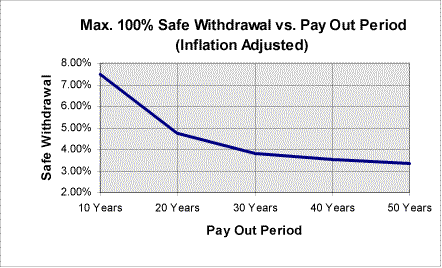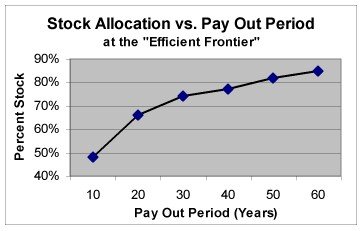Must we spend every last penny? Is our appetite for consumption so urgent that we cannot possibly satisfy it? If we die with a nickel left must we regret it?
I can understand wanting some luxuries in retirement, but if a single person with a paid off home retires today on $1,000,000 plus social security plus possibly a pension or other income source, I don't think it would be a tremendous hardship to just withdraw $30,000 instead of $40,000.
This could affect whether or not we have to spend our final years depending on the charity of our children or others just to survive. Now that's an outcome that seems a lot worse to me than having an income of $60K instead of $50K (assuming SS is $20K).
Oh my. I can't believe I am posting this before coffee.

Granted, those who have pointed out that it might make a bigger difference with more meager retirement resources make sense to me. If the same hypothetical single person with a paid off house retires today on $250,000 plus social security, again assuming the latter is $20K, an SWR of 4% instead of 3% could make the difference between an income of $30,000 and an income of $27,500 and that might present more of a hardship.
Where's that coffee...

I am planning on an SWR of 3% or less once SS kicks in. I probably won't need or want to spend much of it anyway. Retirement is about so much more than just spending lots of money.




 I am planning on an SWR of 3% or less once SS kicks in. I probably won't need or want to spend much of it anyway. Retirement is about so much more than just spending lots of money.
I am planning on an SWR of 3% or less once SS kicks in. I probably won't need or want to spend much of it anyway. Retirement is about so much more than just spending lots of money.